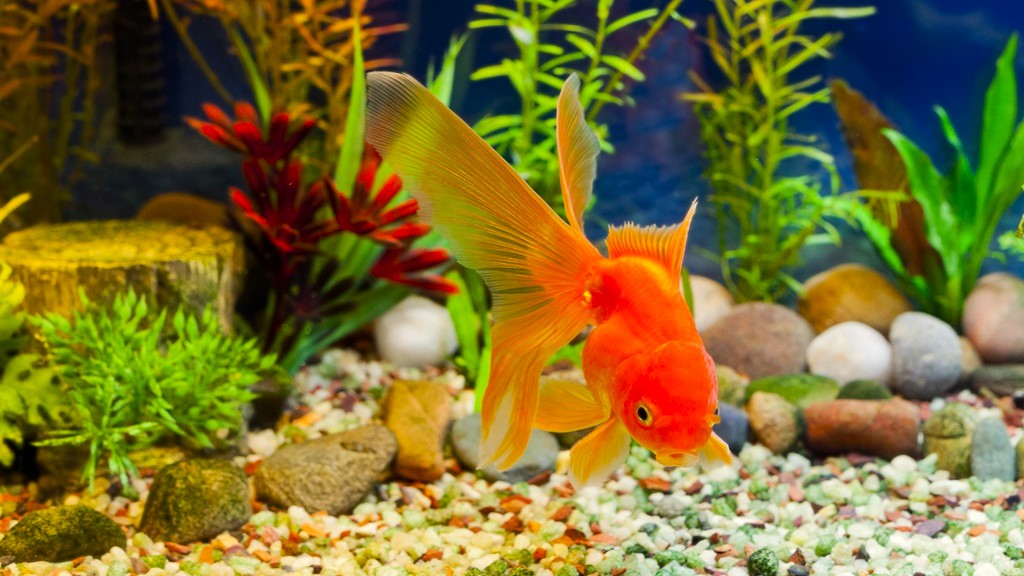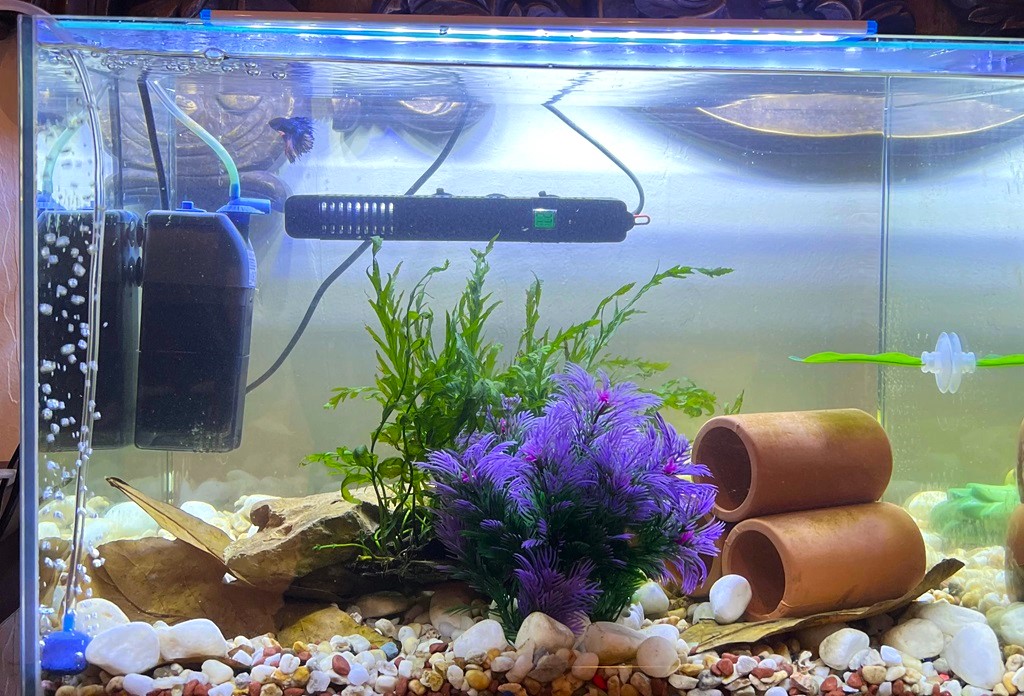Aquarium substrate, the material lining the bottom of your tank, isn’t just decorative. It plays a crucial role in the overall health and well-being of your aquatic ecosystem. Whether you’re switching to a different substrate type or simply replacing old material, changing it while fish are present requires careful planning and execution. Ensuring the comfort and safety of your most beautiful fish during this process is paramount. This guide will walk you through the process step-by-step.
Why Change Your Aquarium Substrate?
- Aesthetic Appeal: Refreshing the substrate can revitalize your tank’s look and provide a more suitable backdrop for your fish.
- Improved Water Quality: Old substrate can harbor debris and contribute to poor water quality. Replacing it helps maintain a cleaner environment.
- Beneficial Bacteria: Certain substrates, like gravel or specialized plant substrates, can promote the growth of beneficial bacteria that help break down waste.
- Plant Growth: Specific substrates offer better root anchorage and nutrient availability for aquatic plants.
Preparing for the Change
- Gather Supplies:
- New substrate (washed and rinsed thoroughly)
- Buckets
- Gravel vacuum or siphon
- Fishnet
- Aquarium water conditioner (if necessary)
- Towels or absorbent material
- Temporary Housing (Optional): If you’re significantly altering the aquascape or have very sensitive fish, consider temporarily moving them to a separate tank or container with established water.
- Partial Water Change: Perform a 25-50% water change before starting to reduce the amount of debris stirred up during the process.
Related: How to Keep Your Pets Healthy and Happy
Changing the Substrate with Fish in the Tank
- Unplug Equipment: Turn off filters, heaters, and any other electrical equipment in the tank.
- Remove Decorations: Carefully take out any rocks, driftwood, or other decorations.
- Catch the Fish (Optional): If you’re concerned about your fish being stressed or injured during the process, use a fishnet to gently remove them and place them in a temporary holding container with tank water.
- Vacuum the Old Substrate: Use a gravel vacuum or siphon to remove as much of the old substrate as possible. Be gentle to avoid stressing your fish.
- Add New Substrate: Gradually add the new substrate, spreading it evenly across the bottom of the tank. Avoid dumping it all at once, as this can trap air pockets.
- Replace Decorations: Once the new substrate is in place, put back your decorations, rocks, and driftwood.
- Refill the Tank: Slowly add the removed water back to the tank, using a plate or bowl to prevent disturbing the new substrate. Use a dechlorinator if you’re using tap water.
- Restart Equipment: Plug in your filter, heater, and other equipment.
- Monitor Water Parameters: Test your water parameters (ammonia, nitrite, nitrate, pH) regularly for the next few weeks to ensure a healthy environment.
Important Considerations
- Substrate Compatibility: Ensure the new substrate is suitable for your fish species and any live plants you have.
- Beneficial Bacteria: To avoid a “new tank syndrome,” try to preserve some of the beneficial bacteria from your old substrate. You can do this by either mixing a small amount of the old substrate with the new or by placing a filter media bag filled with old substrate in the filter.
- Gradual Changes: If switching to a very different substrate type (e.g., from gravel to sand), consider a gradual transition over several weeks to avoid shocking your fish.
- Cleaning: Rinse the new substrate thoroughly before adding it to the tank to remove any dust or debris.
- Depth: Add enough substrate to provide a natural environment for your fish and plants. Aim for 2-3 inches for most setups.
- Monitor Fish Behavior: Watch your fish closely after the change to ensure they are not stressed or exhibiting any unusual behavior.
After the Change
Your tank might appear cloudy initially, but this should settle within a few hours. If the cloudiness persists, perform a partial water change and check your filter to ensure it’s working properly. Keep an eye on your water parameters and make any necessary adjustments.
By following these guidelines and taking necessary precautions, you can successfully change your aquarium substrate without harming your fish. This simple upgrade will not only enhance the aesthetics of your tank but also contribute to a healthier and more vibrant aquatic ecosystem.





